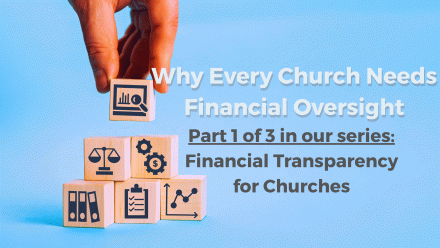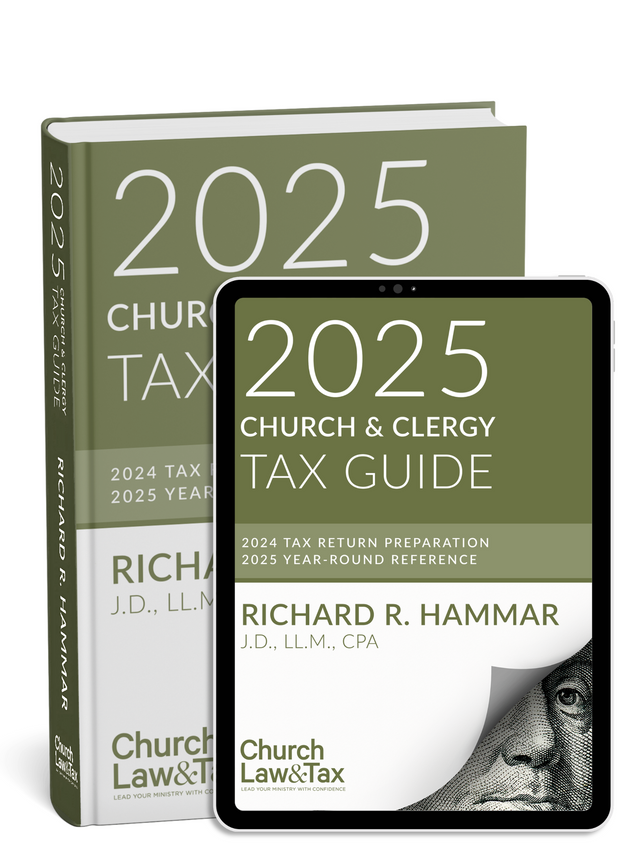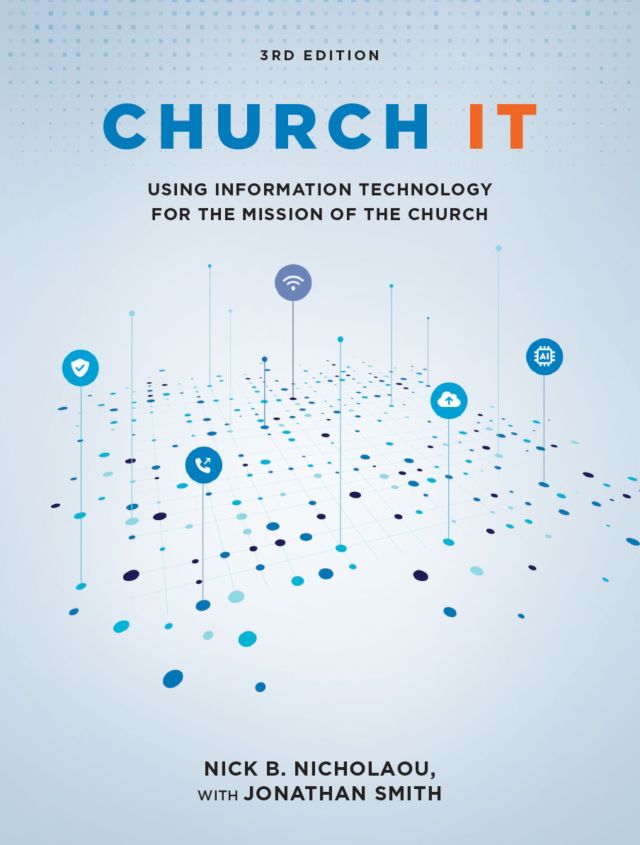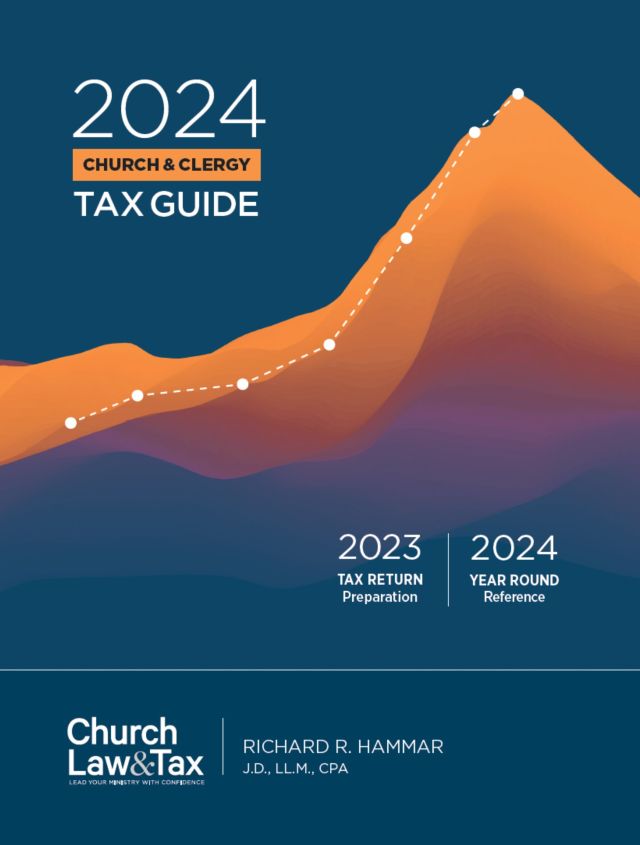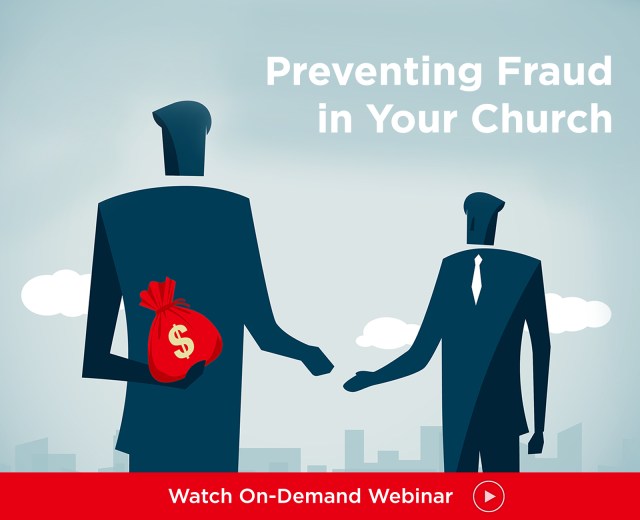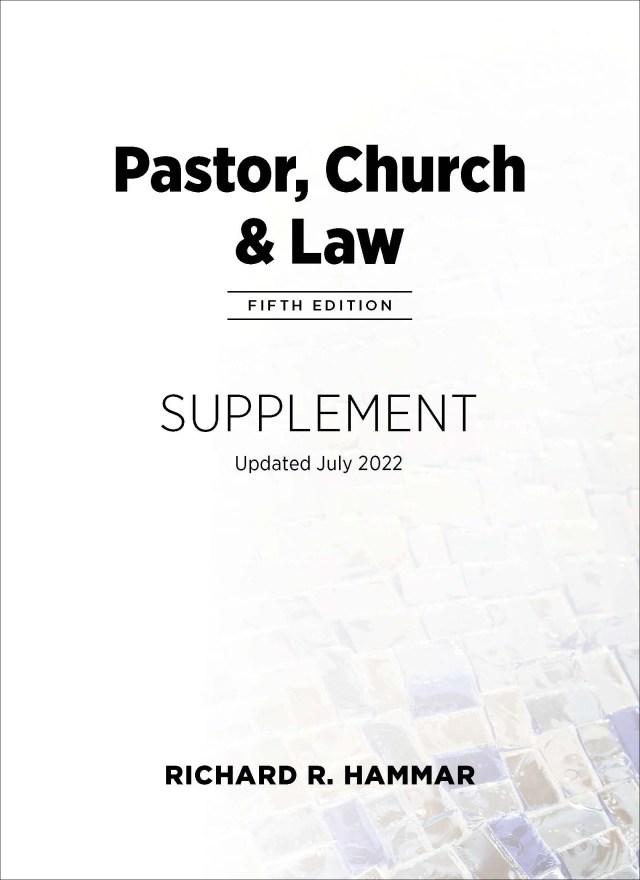Part 2 of 3: When One Person Handles the Money: How Churches Can Prevent Financial Risk
Part 3 of 3: When Church Financial Reports Don’t Tell the Truth
While trust is essential to the life of a church, it becomes a risk when it operates without oversight.
Resistance to review often comes not from misconduct but from comfort. It stems from long-term loyalty, limited resources, or fear of what a review might reveal.
Many church leaders say they trust their teams, or that their treasurer has served for years, or that their budget is too small to afford a CPA.
These statements, while sincere, reflect a misunderstanding of the role and value of financial review.
Longevity does not guarantee accuracy. Simplicity does not eliminate the need for oversight.
Trust cannot take the place of verification.
Most churches rely on volunteers to manage their finances. Some of these individuals bring deep experience while others are simply willing and faithful. They want to help and see their service as a way to save the church money.
But without training in nonprofit accounting or internal controls, they may be unaware of best practices.
They might not know how to manage designated funds, reconcile accounts, or prepare reports in compliance with IRS and donor requirements. Even the most dedicated volunteer can make repeated errors if no one else is looking.
Often, leaders hesitate to challenge the system out of fear of creating conflict. They do not want to offend volunteers or suggest distrust.
In reality, avoiding review leaves volunteers unprotected, boards uninformed, and systems vulnerable.
Step 1: Start with the truth
The first step toward better oversight is clarity.
Churches must identify who is responsible for approving expenses, handling deposits, entering financial data, and reconciling bank statements.
If one person is responsible for multiple steps within the same transaction, the system carries structural risk.
Of course, having one person responsible for multiple steps within the same transaction is not necessarily a sign of mismanagement, but it can indicate that responsibilities should be more appropriately shared.
Mapping out the workflow and recognizing points of concentration is the foundation for improvement.
Churches can benefit from asking structured questions to identify these risks:
“What are the core financial roles that should never be combined?” or “How can our church identify risks in our financial workflows?”
These questions help leaders begin the process of improving stewardship by seeing the truth of their system.
Step 2: Normalize the review process
Financial reviews do not always require a full audit.
Depending on a church’s size and budget, oversight can take different forms.
An internal review by a committee of individuals who are not involved in daily bookkeeping can offer meaningful checks. Though not fully independent, this approach introduces visibility and accountability.
Meanwhile, an external review of limited scope targets specific areas like bank reconciliations or payroll, and is less expensive than a full audit.
Churches may also pursue agreed-upon procedures where a certified public accountant (CPA) performs selected tasks requested by leadership.
This option provides clarity without incurring unnecessary cost.
In the end, full audits provide the highest level of assurance and are often used when external reporting or complex operations are involved.
No matter which of the above options your church decides to take, one thing is sure: delay is not an option. Waiting until a financial crisis strikes is a mistake.
Churches should make use of these options based on available resources.
The goal is not perfection but progress toward stronger financial governance.
To guide these choices, leaders should seek resources that can help answer questions such as, “What types of financial reviews are available to churches, and how do we select the right one?” or “Explain the difference between a limited review and a full audit for a church board meeting.”
Step 3: Bring others into the process
Technology is a valuable ally in this effort. Accounting systems that assign user roles and track activity logs help ensure accountability.
When churches use technology to define access and monitor financial tasks, they add both structure and transparency. UseAI to create a sample onboarding checklist for church finance volunteers, or to create a rotation schedule for offering counters, check signers, and reconciliations. These tools guide leadership toward scalable systems that invite shared responsibility and reinforce trust.
Step 4: Make financial oversight the norm, not the exception
Routine oversight reinforces stewardship as an ongoing discipline rather than a reactive measure.
Churches that build financial reviews into their annual calendar promote transparency and consistency.
This predictability removes the assumption that a review signals distrust or failure.
Instead, it shows that oversight is part of how the church protects its mission and honors its people. Developing a written review policy, storing procedures in a shared location, and ensuring smooth transitions all contribute to sustainability.
Training incoming leaders, revisiting standards each year, and making financial review part of board orientation keeps the system active and understood.
It is equally important to communicate these practices with the congregation. Doing so promotes confidence and demonstrates a commitment to honor each gift, which builds credibility.t.”
Conclusion: Accountability is stewardship
Financial review is not just about numbers. It is a discipline of trust, a protection for volunteers, and a safeguard for the mission.
Churches that resist review may do so with good intentions, but they leave themselves open to risk.
Oversight builds strength. It prevents problems from going unnoticed.
It invites multiple voices into the process and ensures generosity is honored. It also safeguards the decision-making process by bringing clarity and accountability.
When review becomes part of the culture, it serves everyone: leaders have more peace, volunteers enjoy more security, and givers feel more confident.
Again, financial review is not about fixing what is broken. It is about keeping what matters strong.
Churches that choose accountability demonstrate that the gospel is not only preached. It is practiced in every part of ministry, including how the offering is received, recorded, and reported.
